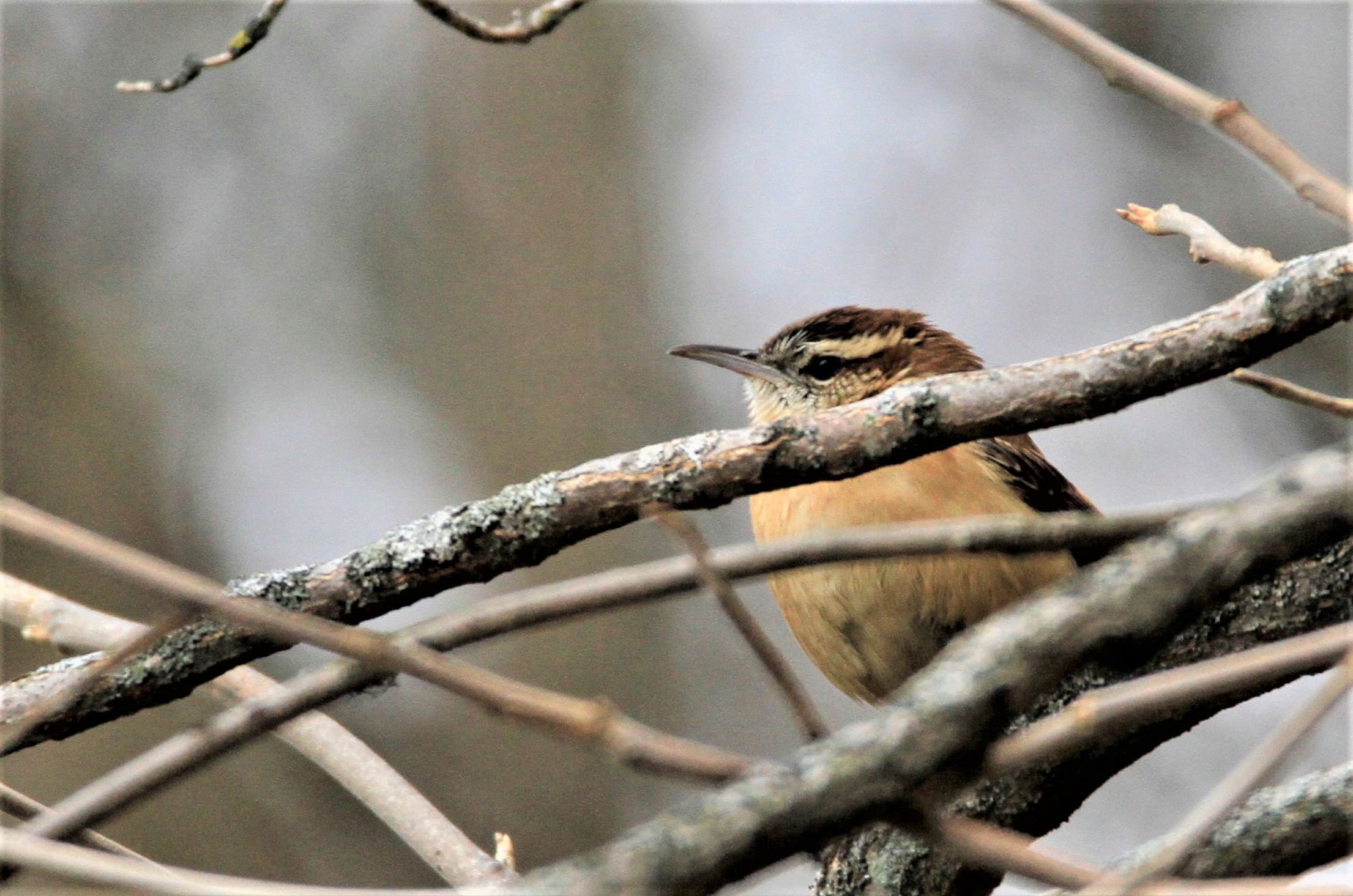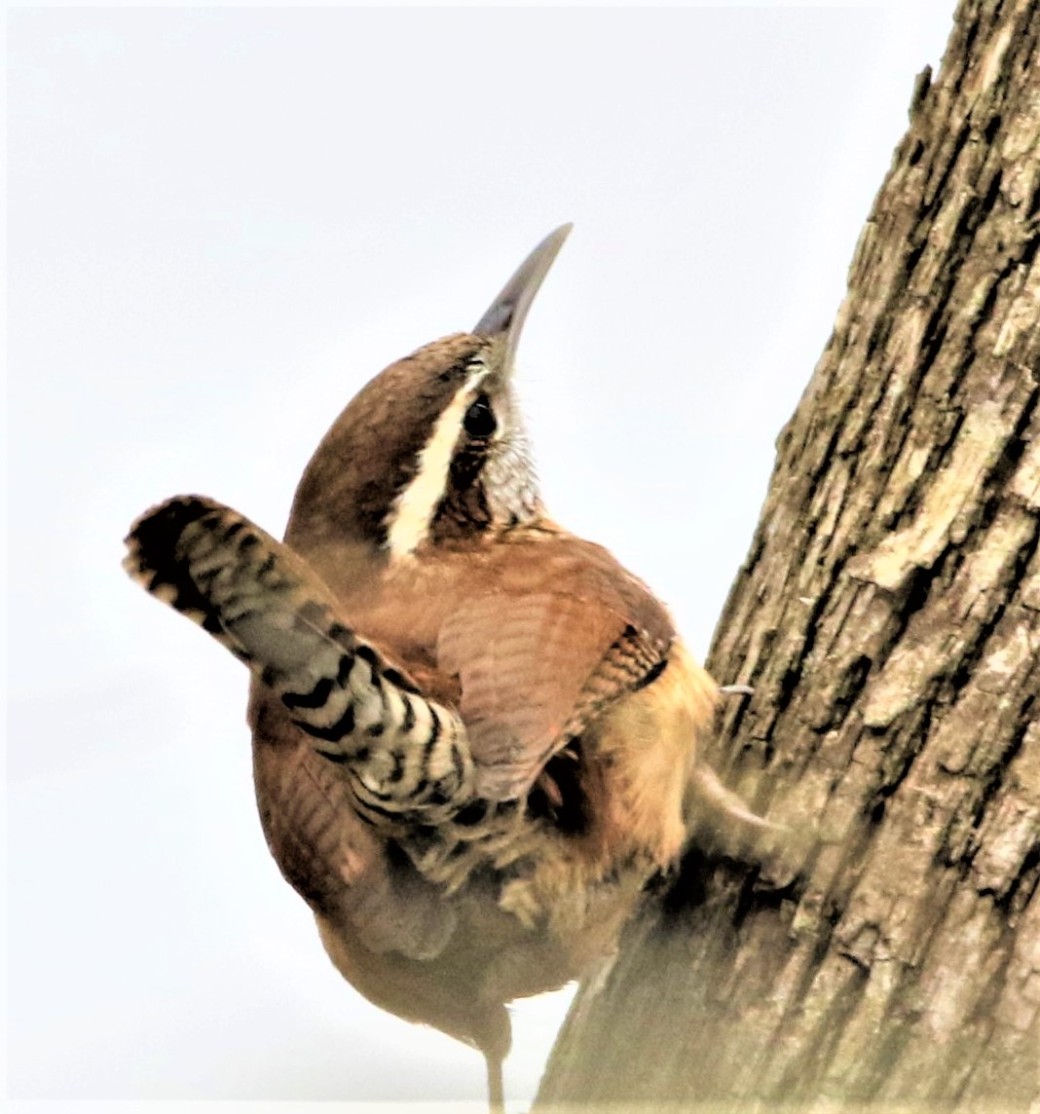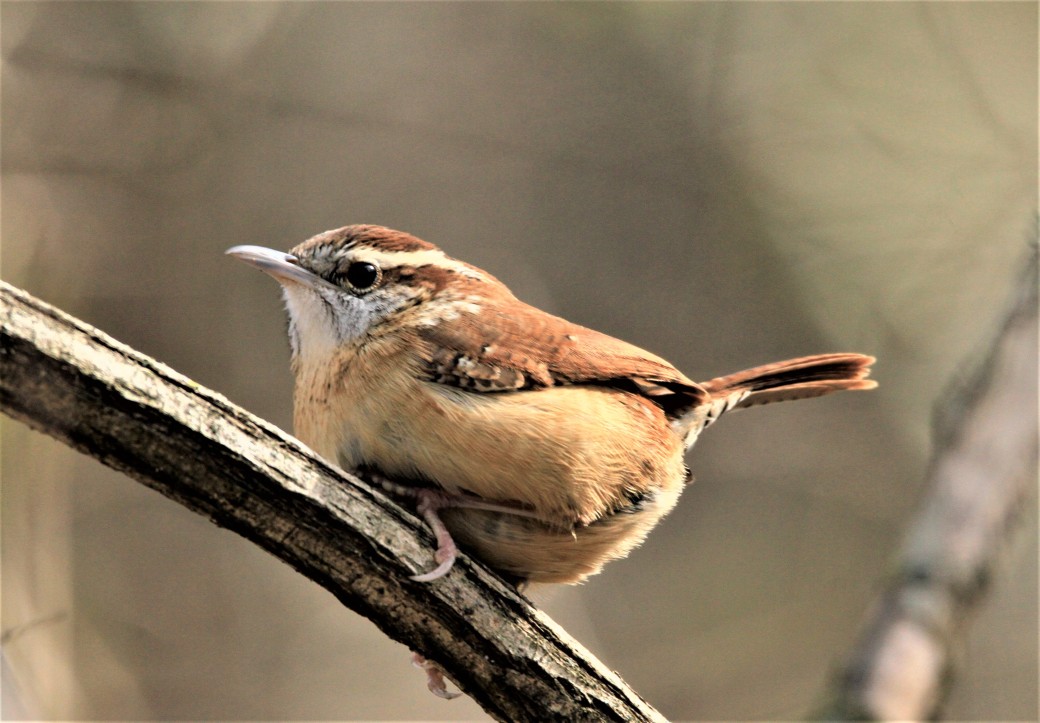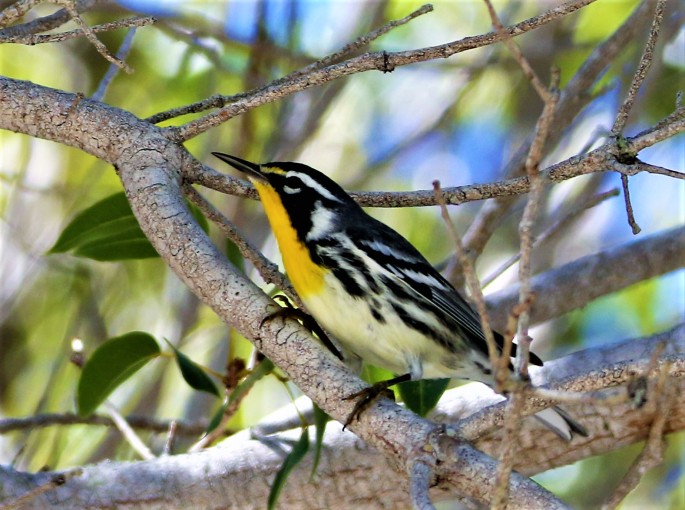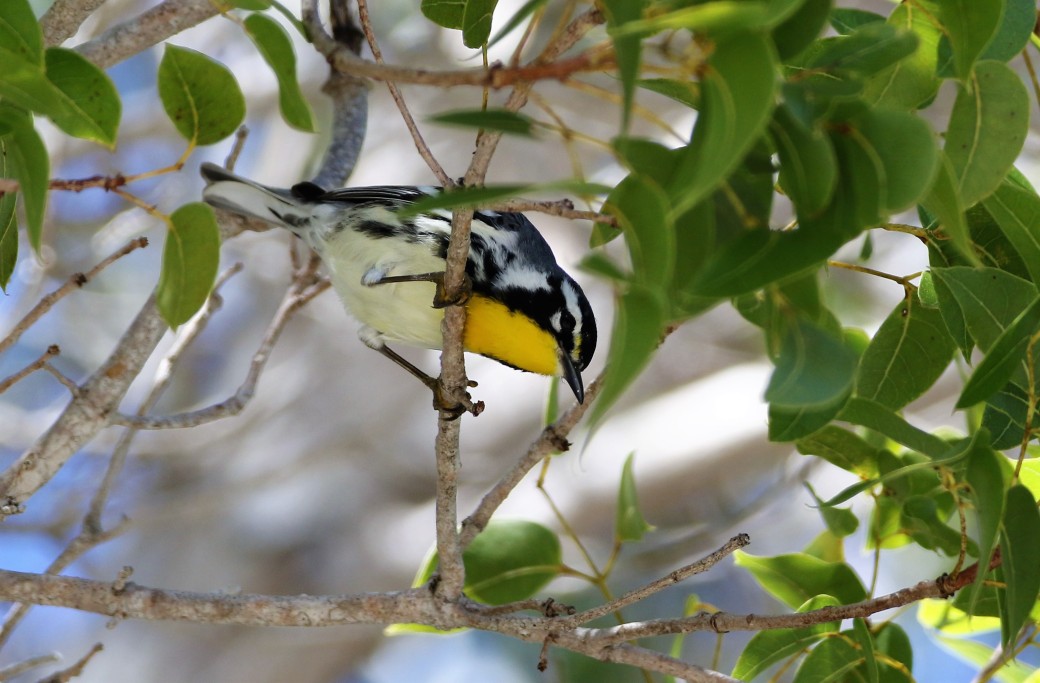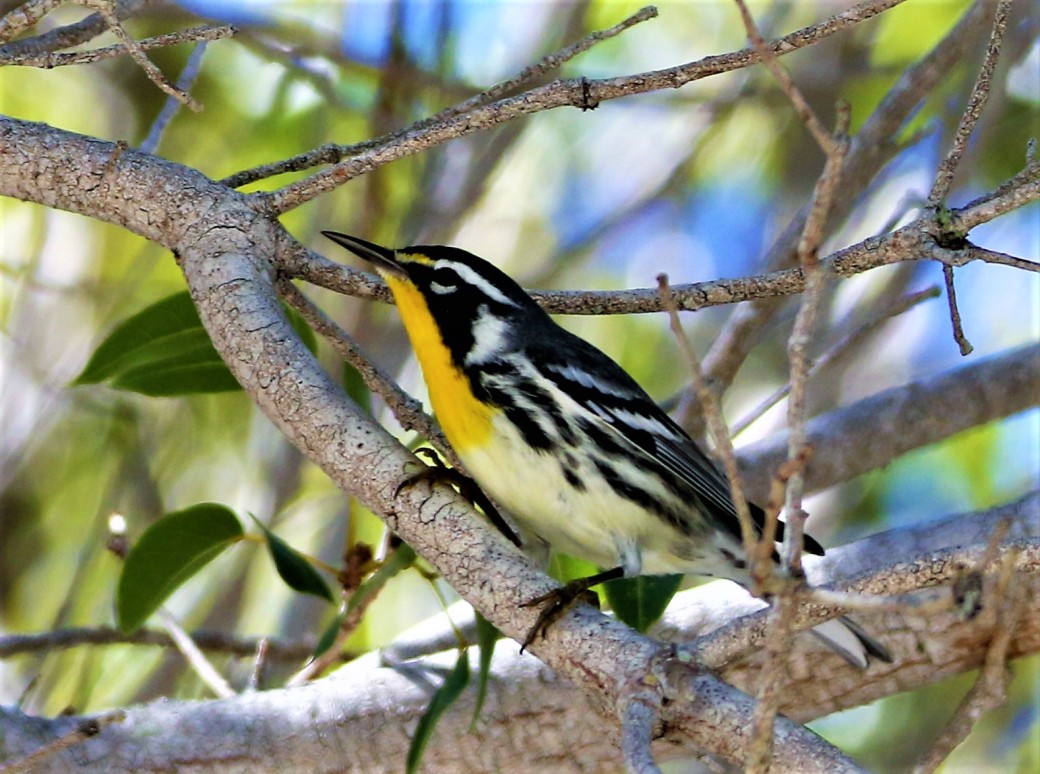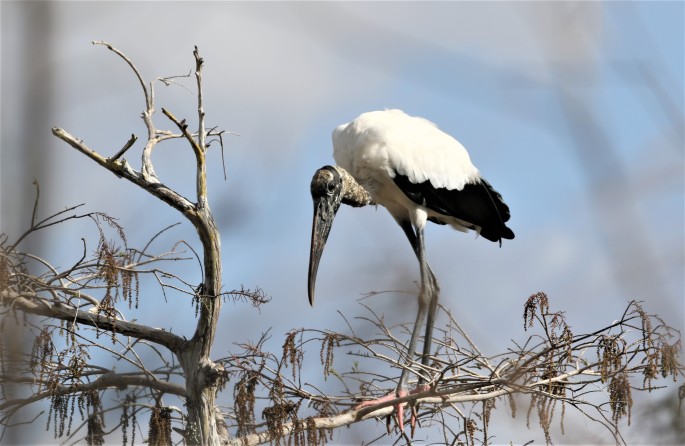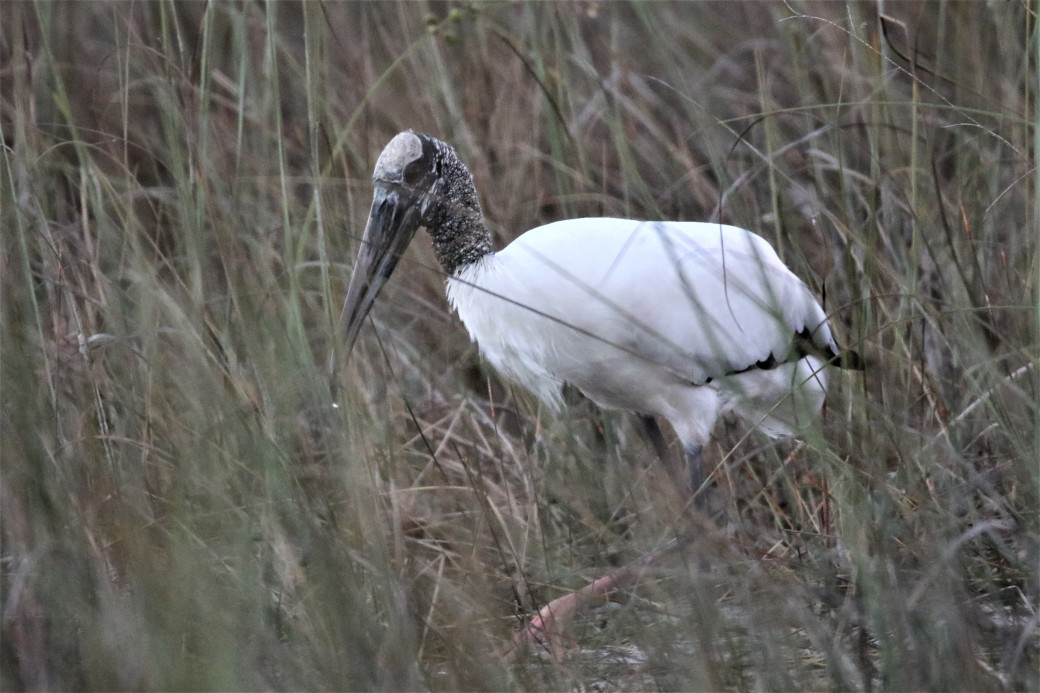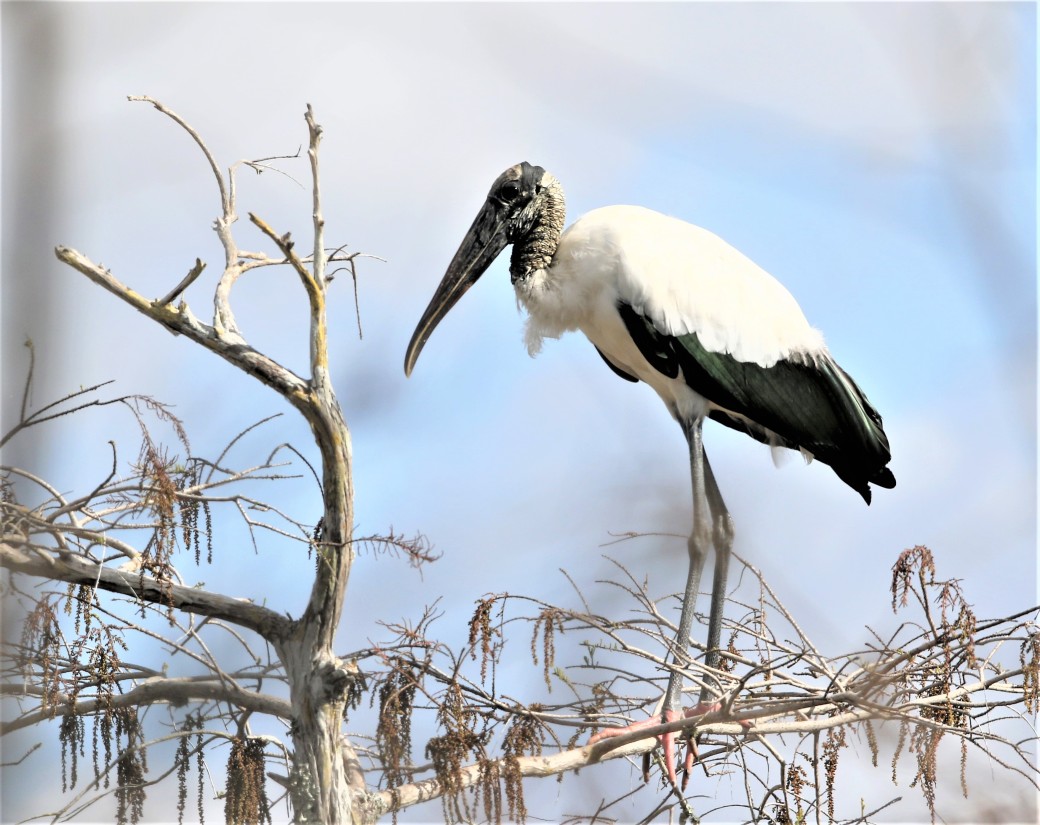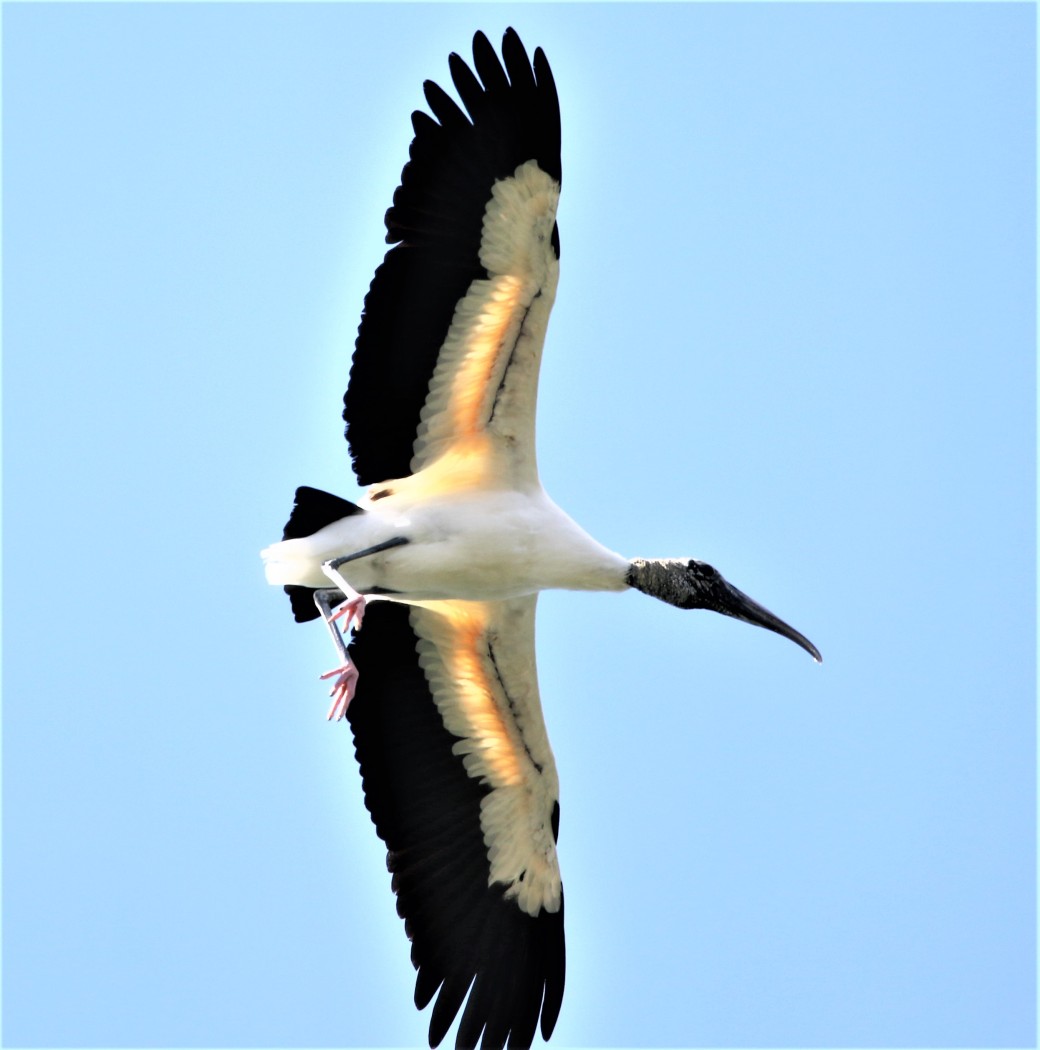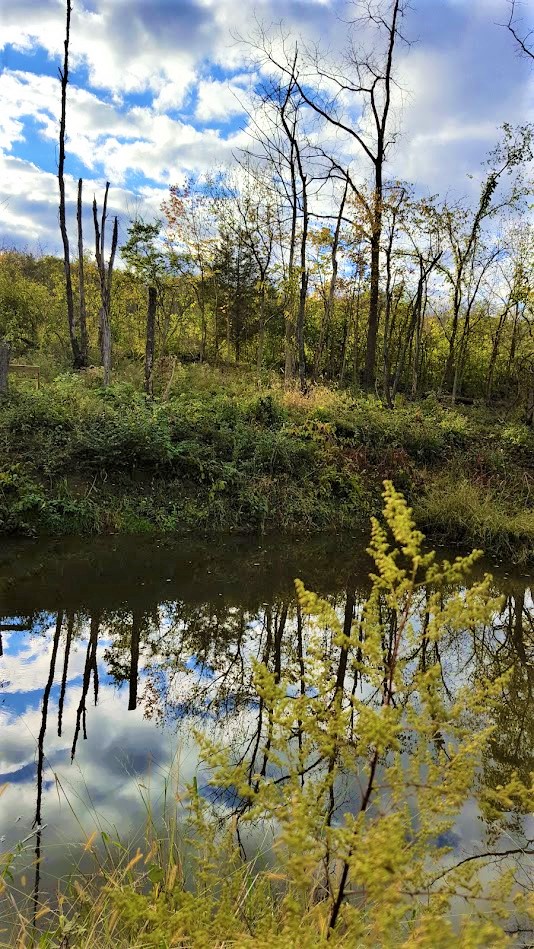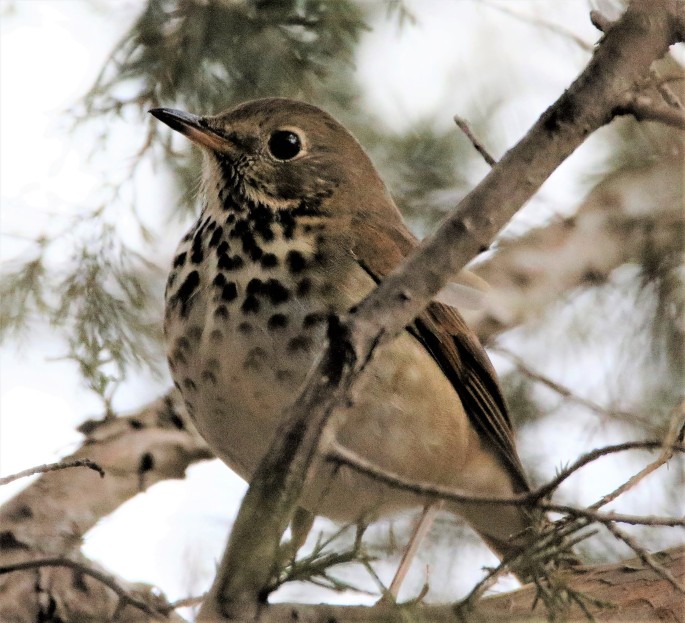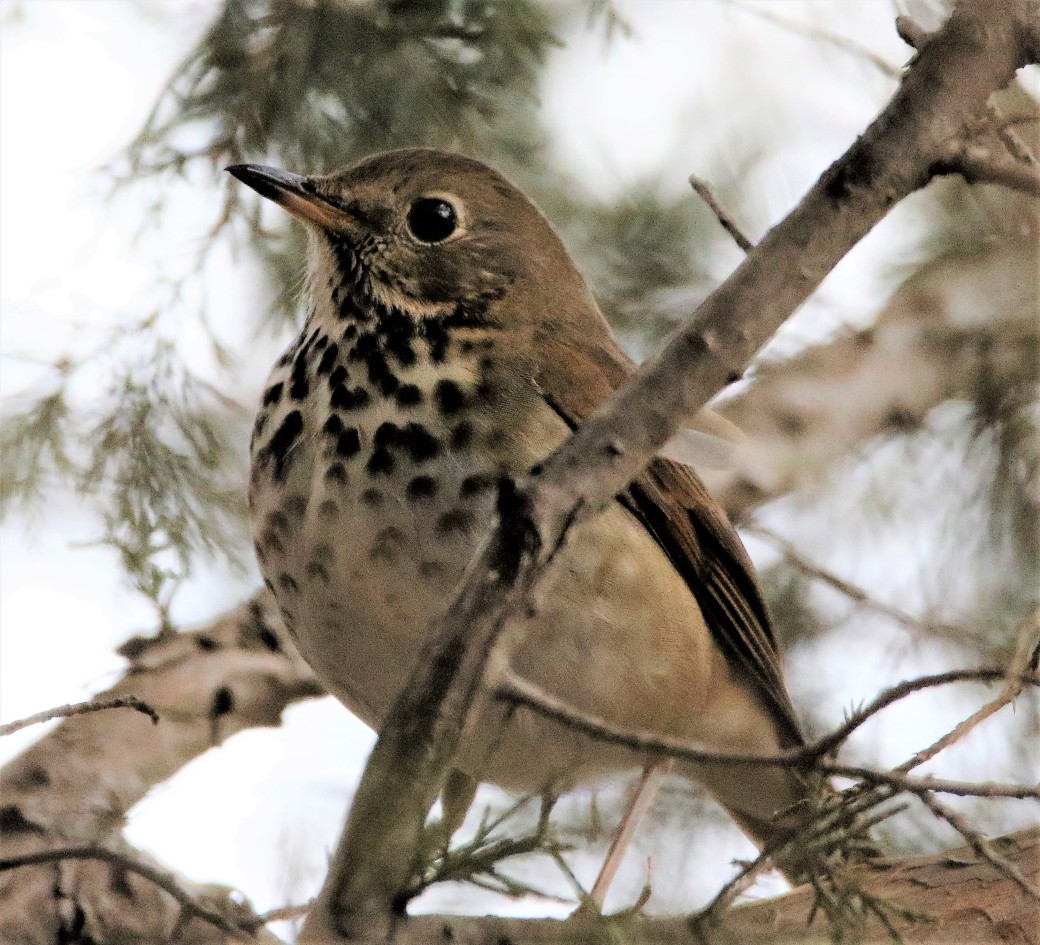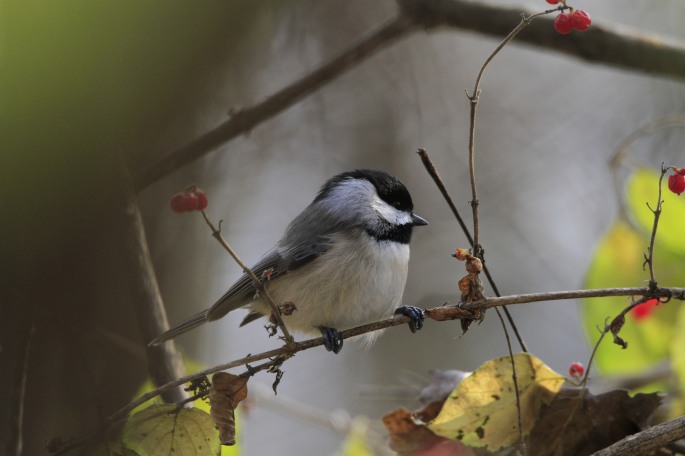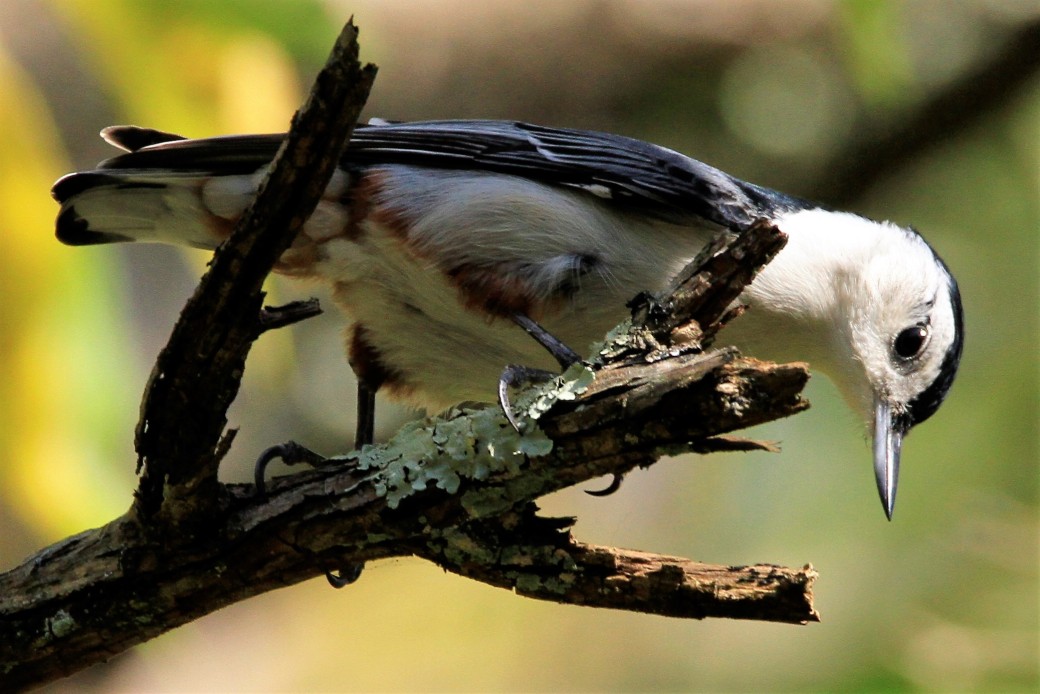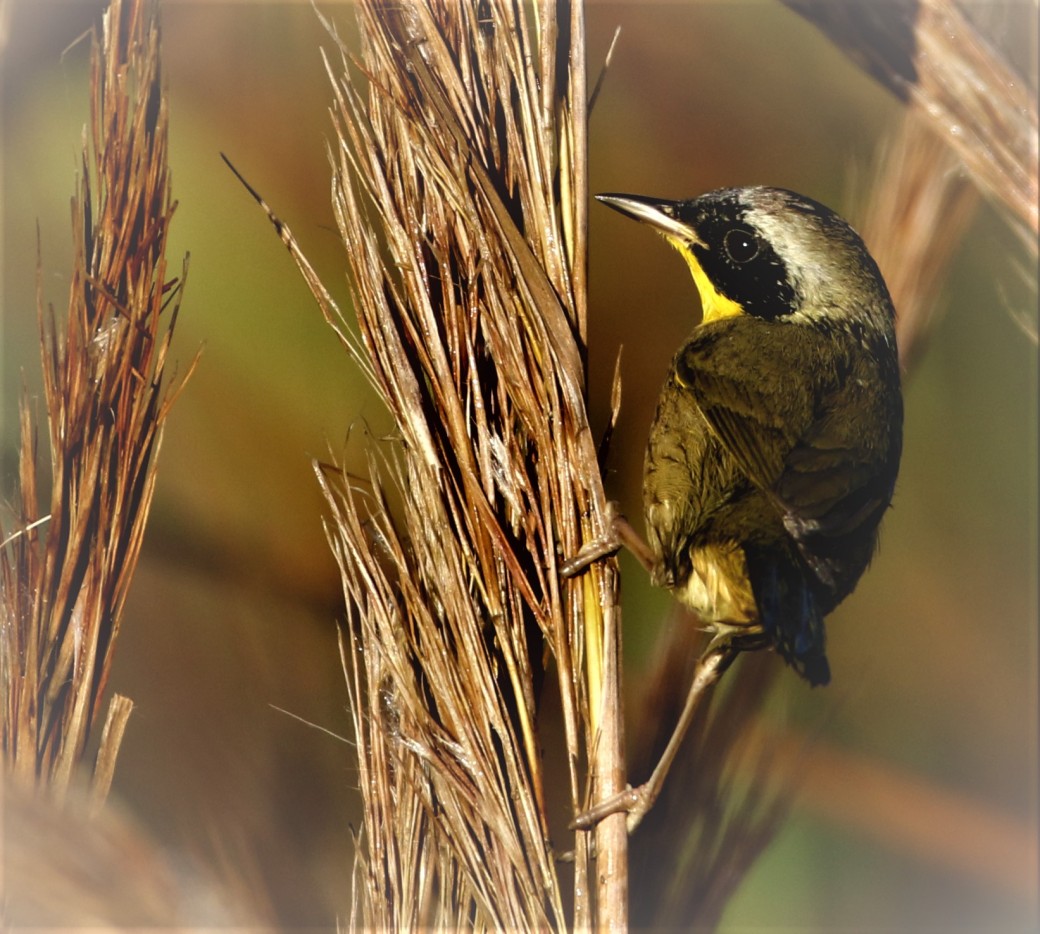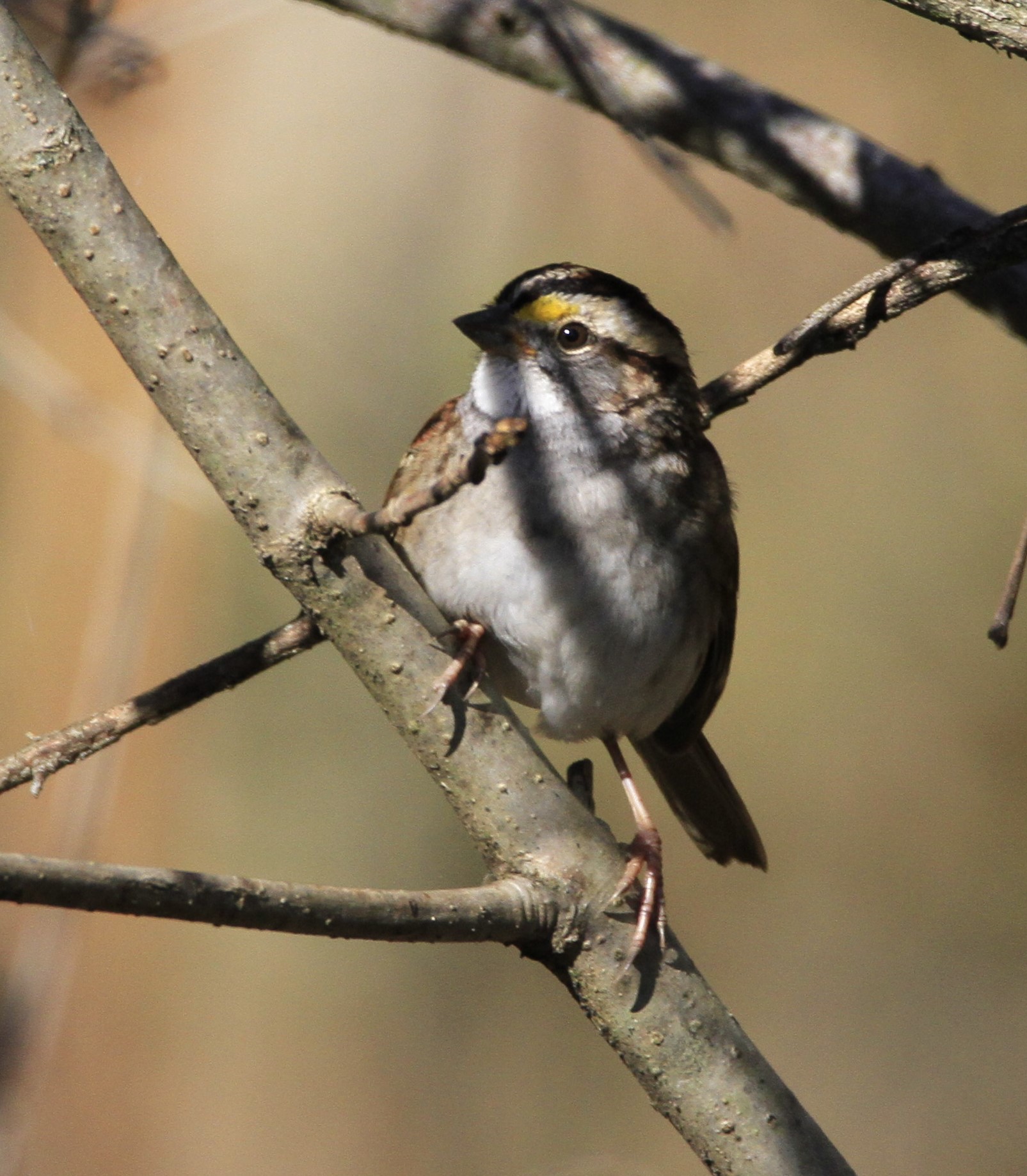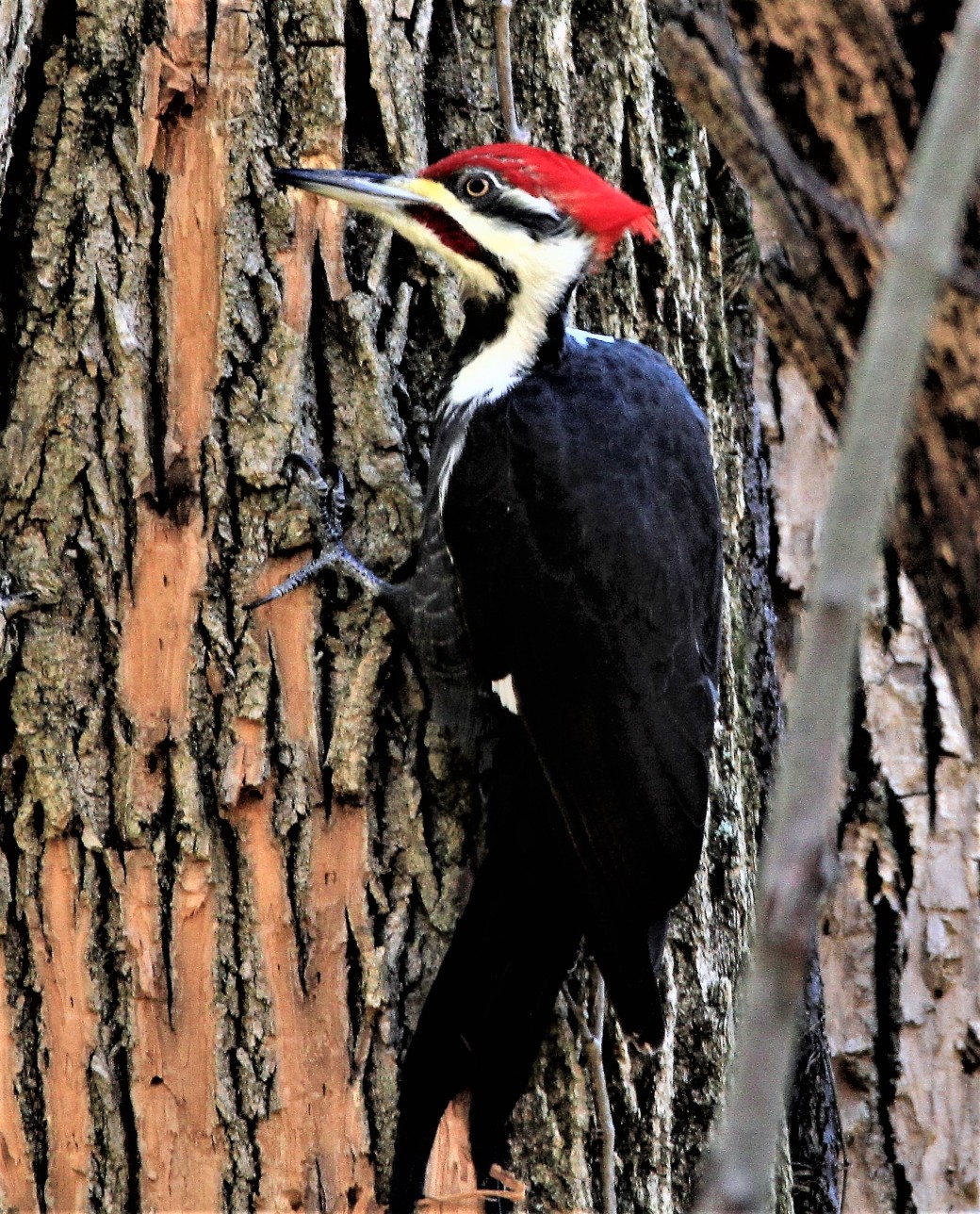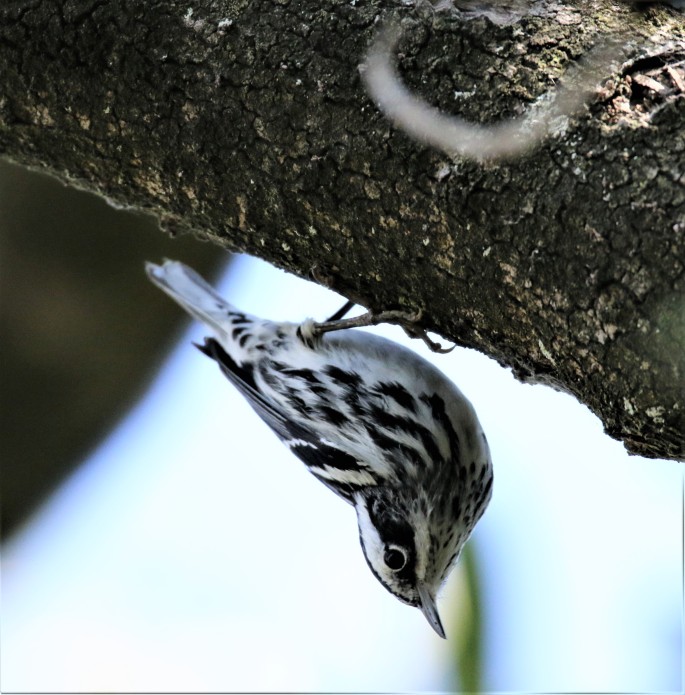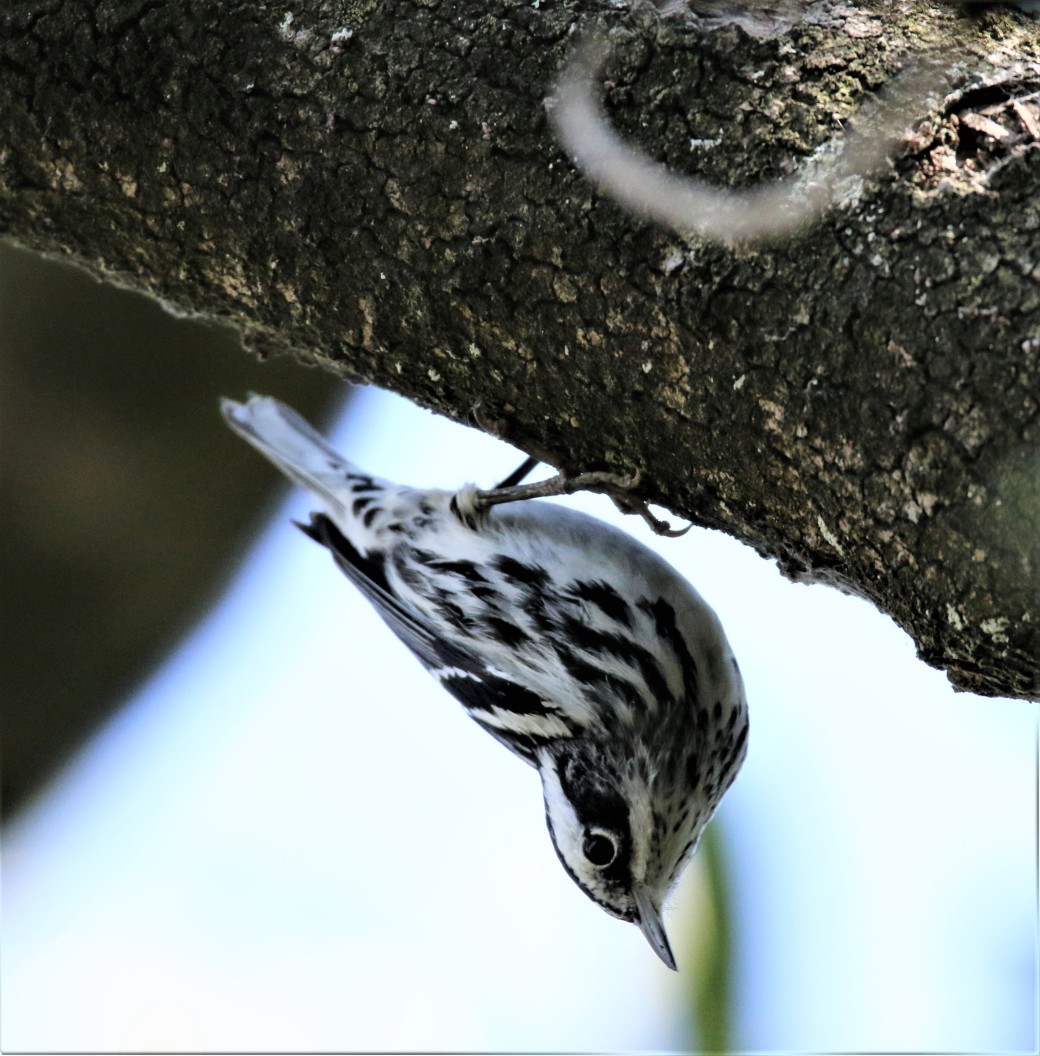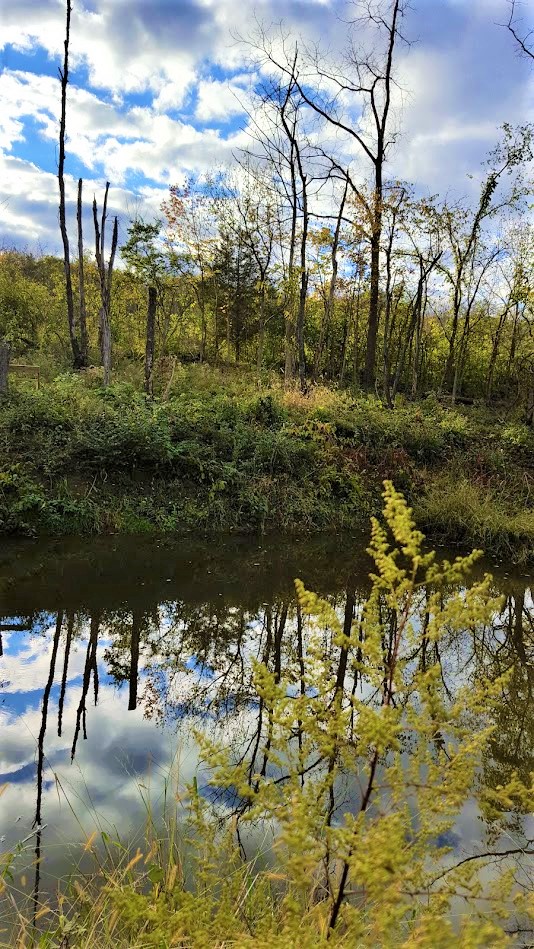
This spring marks the 2nd winter for our marsh. When it was first completed in September of 2015, we excitedly began the process of trying to rid the surrounding area of as many honeysuckle plants as possible. This is a daunting task, as the process is never really finished. You can win battles, but the war will require soldiers that take up the cause long after we stop fighting.
Asian Honeysuckle is about the worst invasive plant on the planet! The plant is the first to get its leaves in the spring, and the last to lose them in the fall. It creates such dense shade that not even weeds can grow in the darkness below. Honeysuckle produces prodigious quantities of red berries; and although they are not a good source of sustainable energy to the birds (rather like junk food), they are of such availability that birds eat them, spreading the seed to further propagate this unwanted invasive.

I remember walking through the woods when I was a kid. You could see great distances. There was a great variety of under-story trees and bushes in the forest, and no plant seemed more abundant than another. Just 40 years later, you can hardly walk through a forest; Asian honeysuckle is about all you see.
Well, as I was saying, shortly after we finished the marsh in 2015, Jenney and I went to war against the honeysuckle. Our goal was to eliminate this invasive, and get the native plants which once graced this area growing again. After about 2 months of steady work we had managed to clear a decent sized area west of the marsh, and having investigated, and ordered the right native shrub seeds, we were excited to have them arrive in the mail one early December day.
But as we read the instructions for planting such seeds as viburnum, serviceberry and gray dogwood, we kept seeing the same thing: “cold stratify for 180 days”. Ok, so they need to freeze for an extended period. Hmmm…”Well, they’ll get about 90 days before it starts to warm up,” I said. And after some discussion, we decided to sow the seeds in our cleared area.
We stayed out of the planted area all spring, summer and fall, not wanting to harm any of the possibly growing trees. But when the leaves once again came off the honeysuckle plants this winter (for about 6 weeks) we endeavored to expand our honeysuckle-free zone. One beautiful day in late February, we were out clearing and I chanced a brief excursion into our native project area. I was hoping to see hundreds of young saplings ready to burst forth this spring, but alas, there were none. Cold stratify for 180 days once again came to mind.
This spring, having been through the cold and harshness of a full winter, the seeds will sprout and grow!
In many ways, those seeds remind me of life. Though we may wish for our trials to be short and life to be easy, it wasn’t until I went through some very harsh times that I truly began to grow.
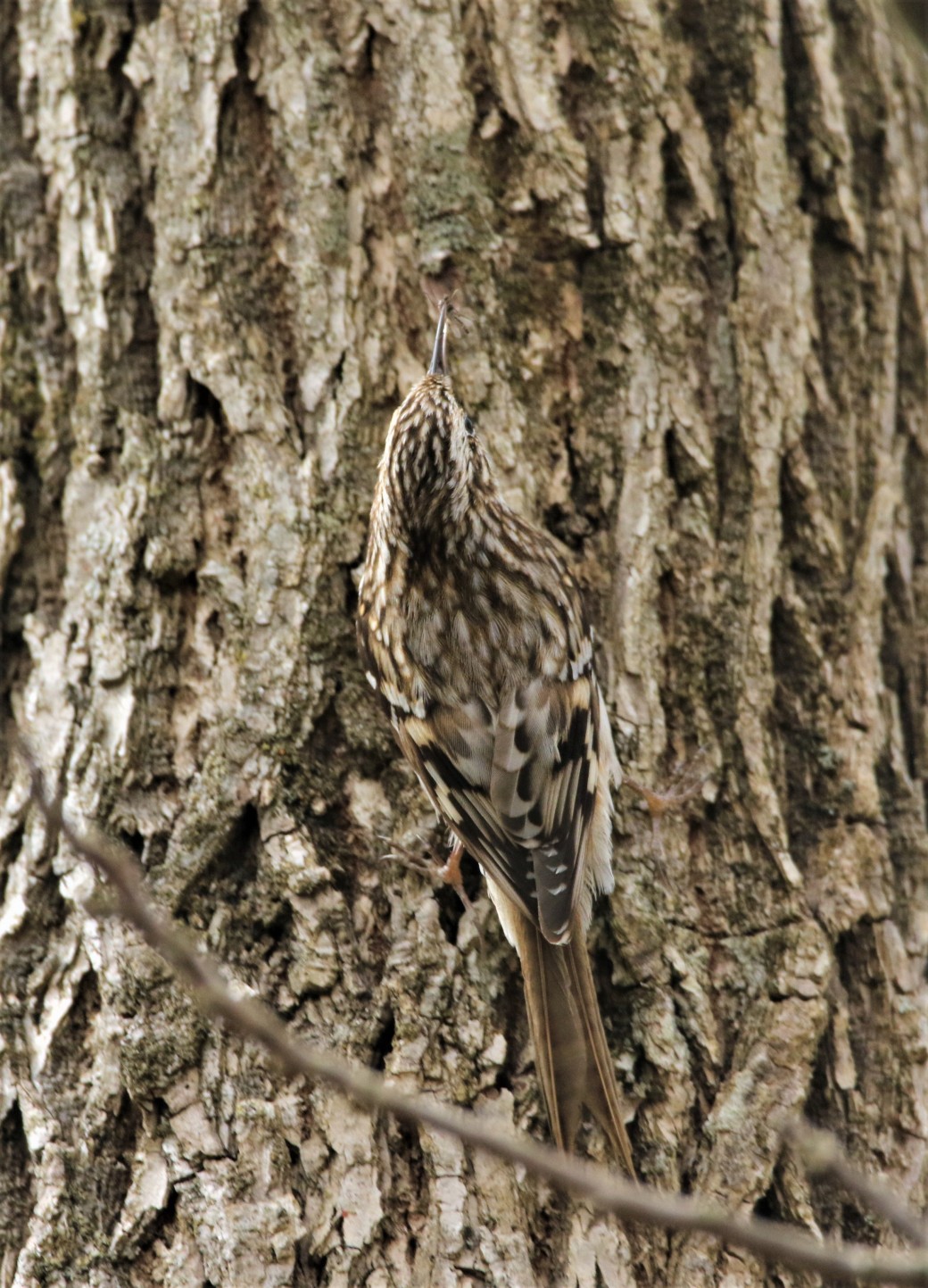
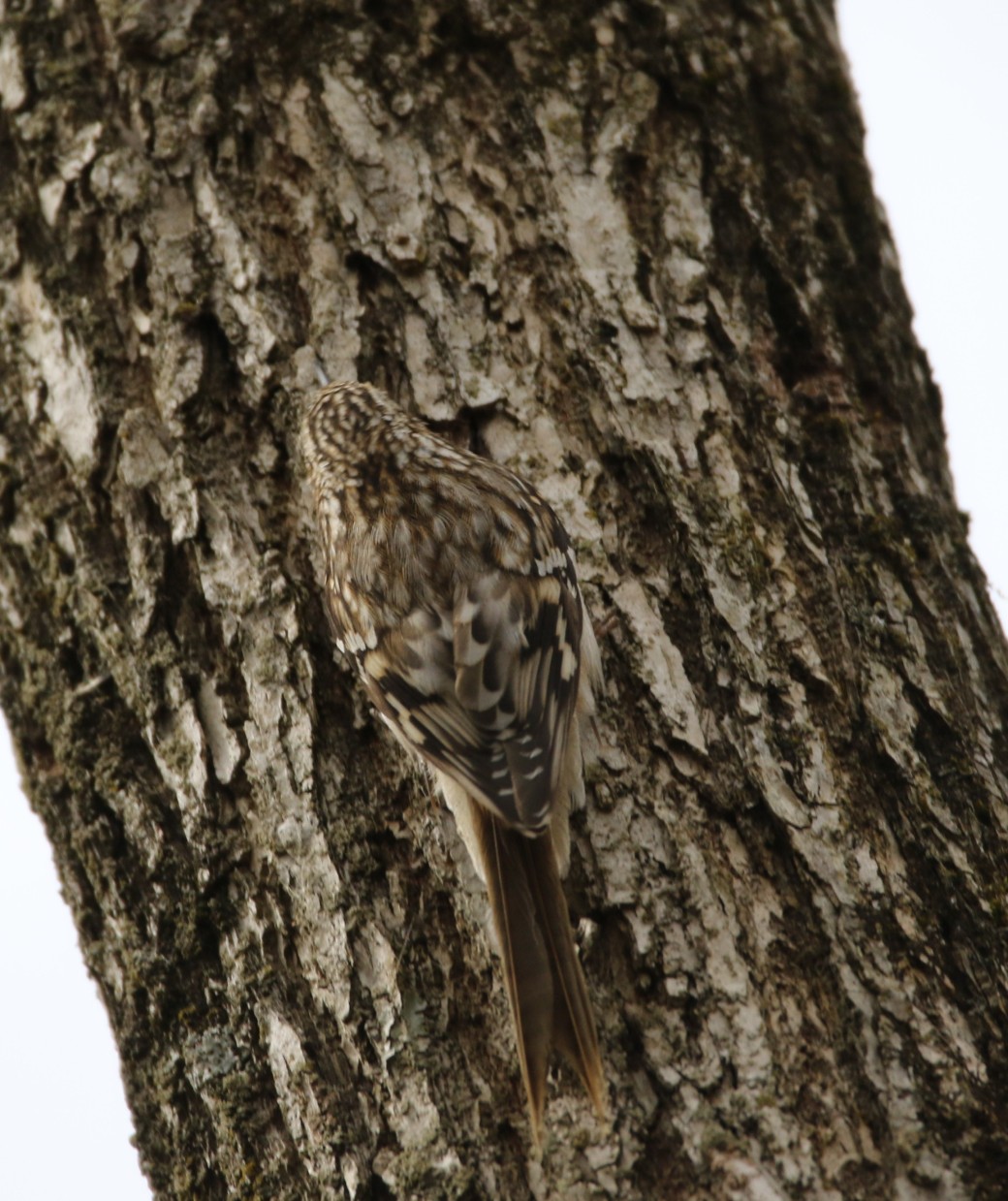
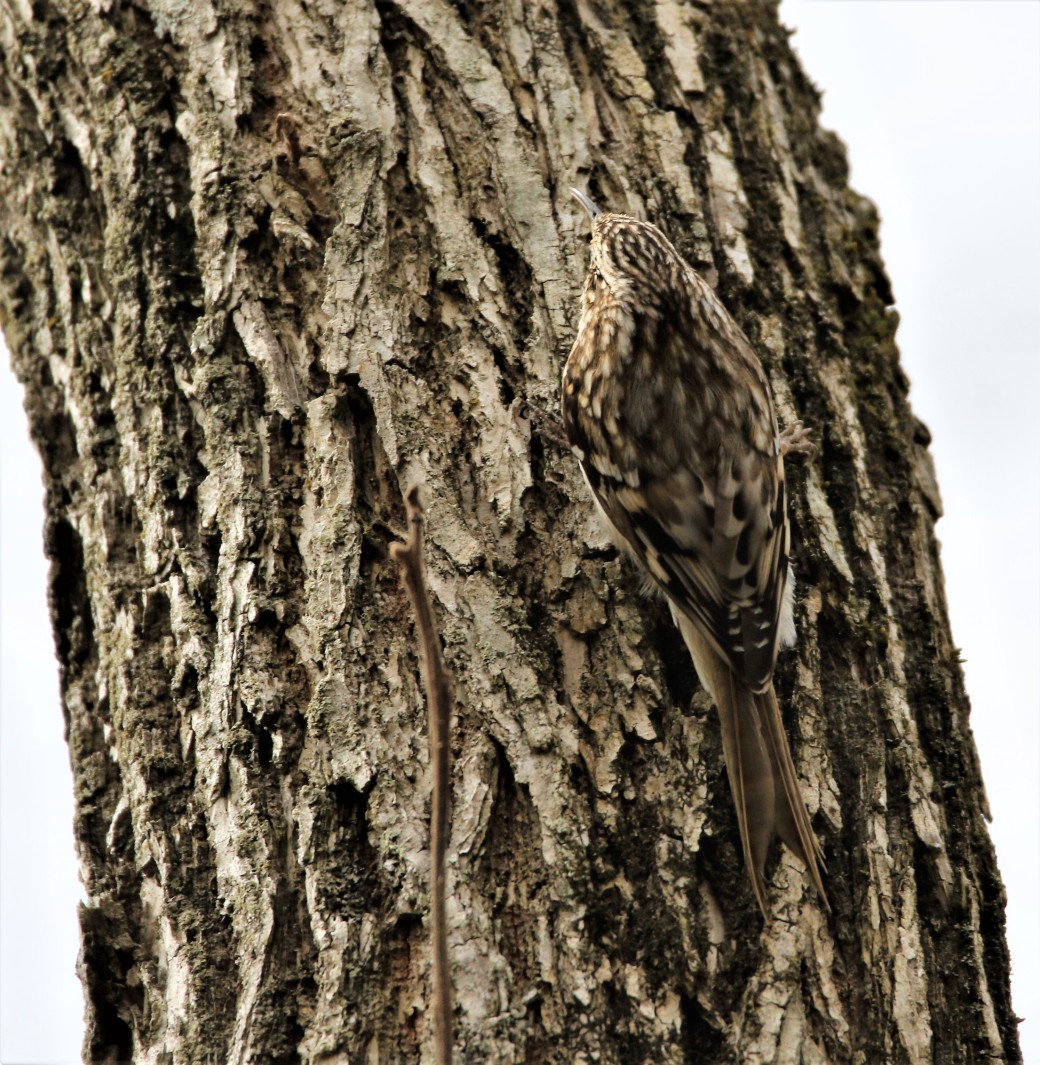



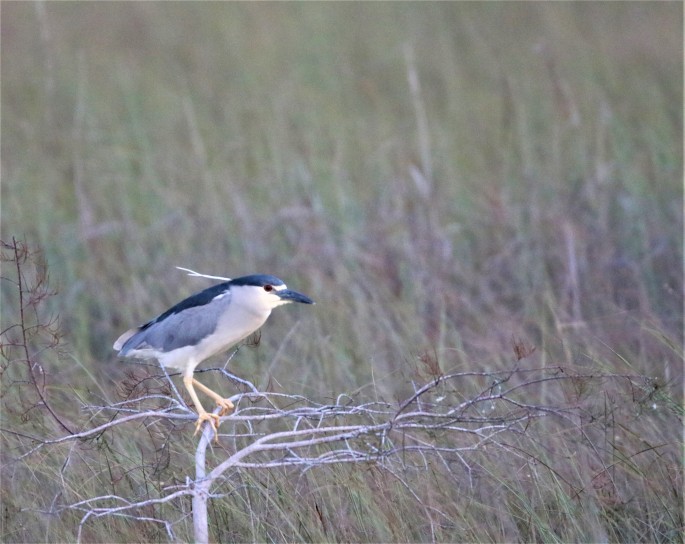
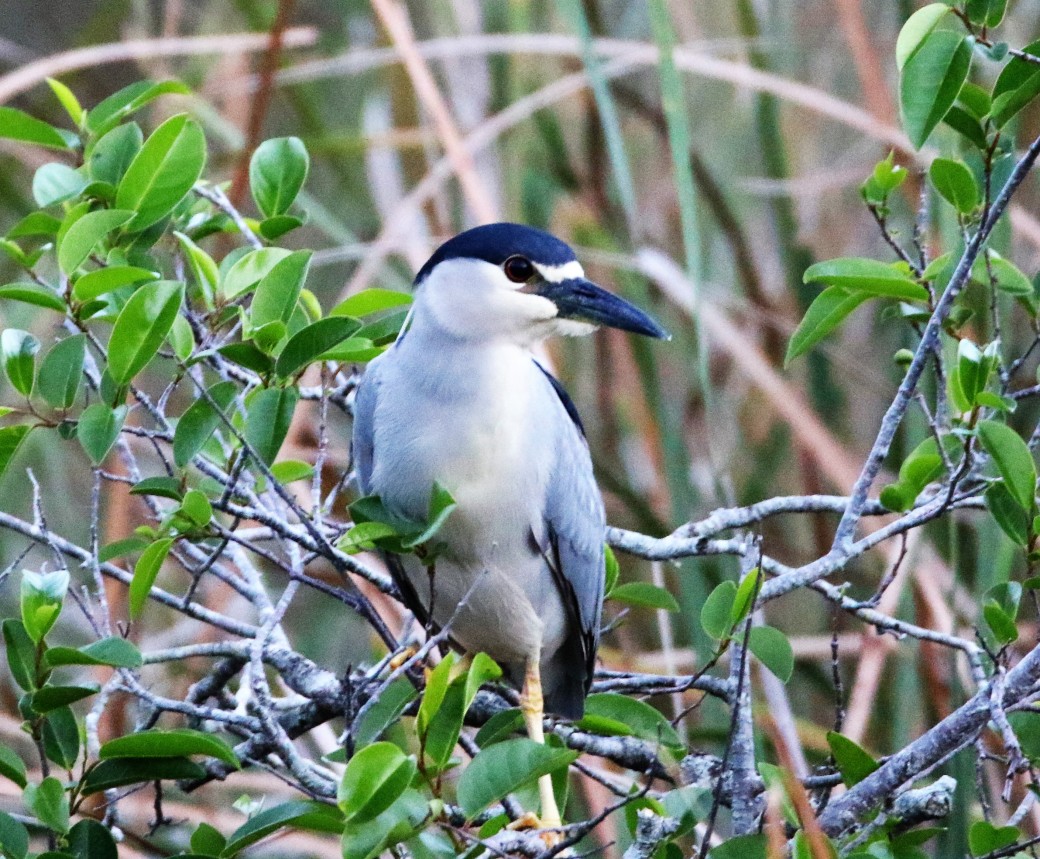
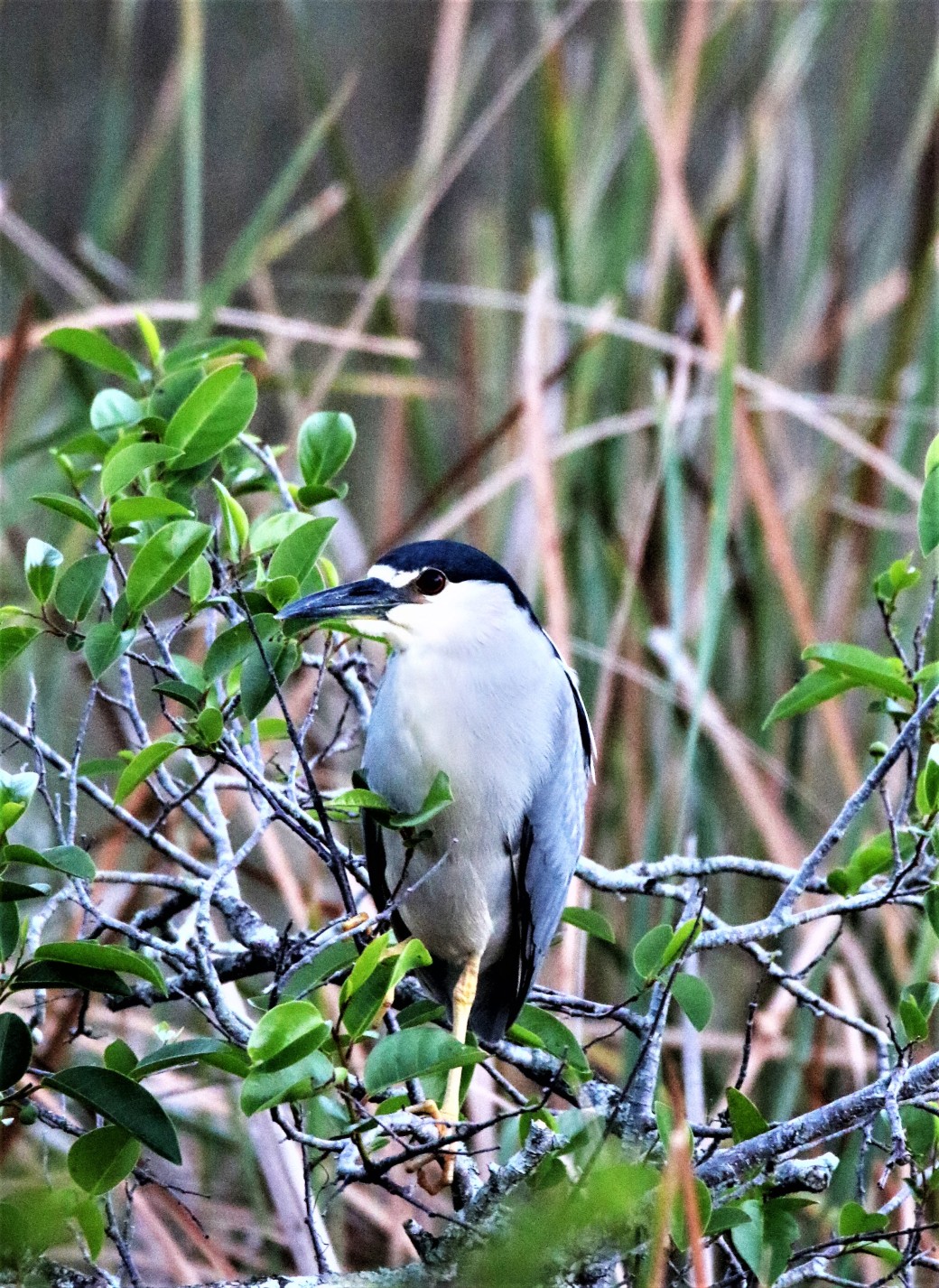
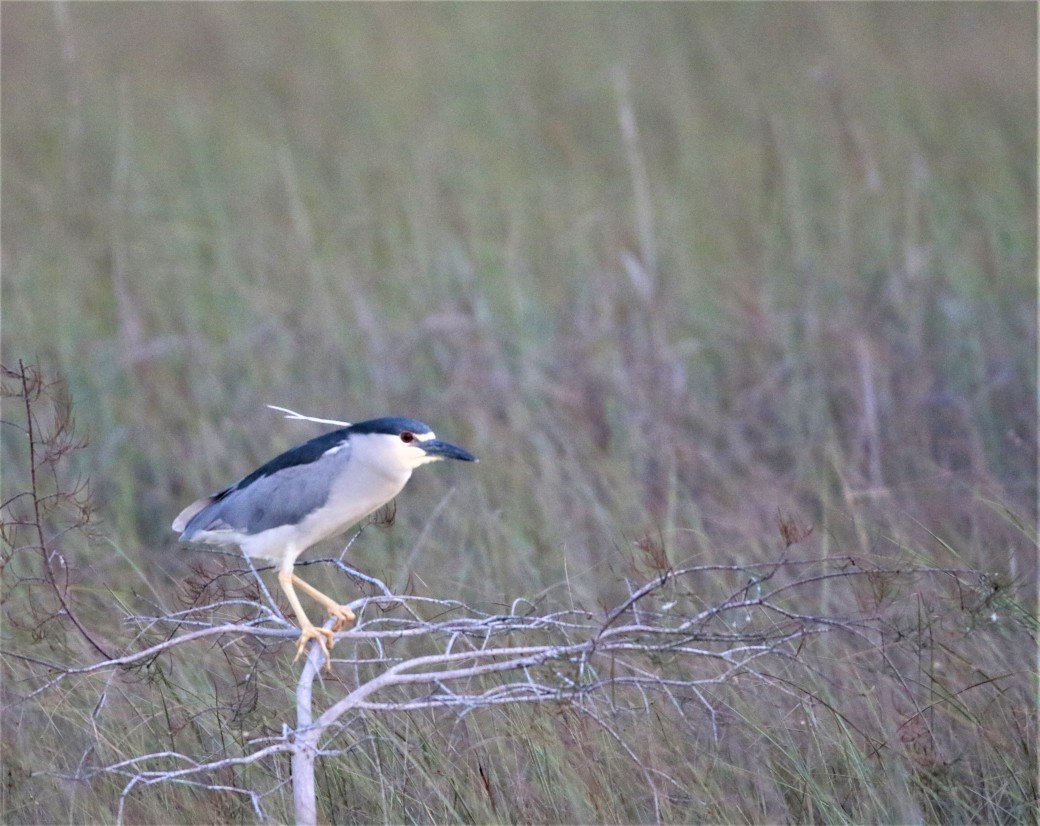
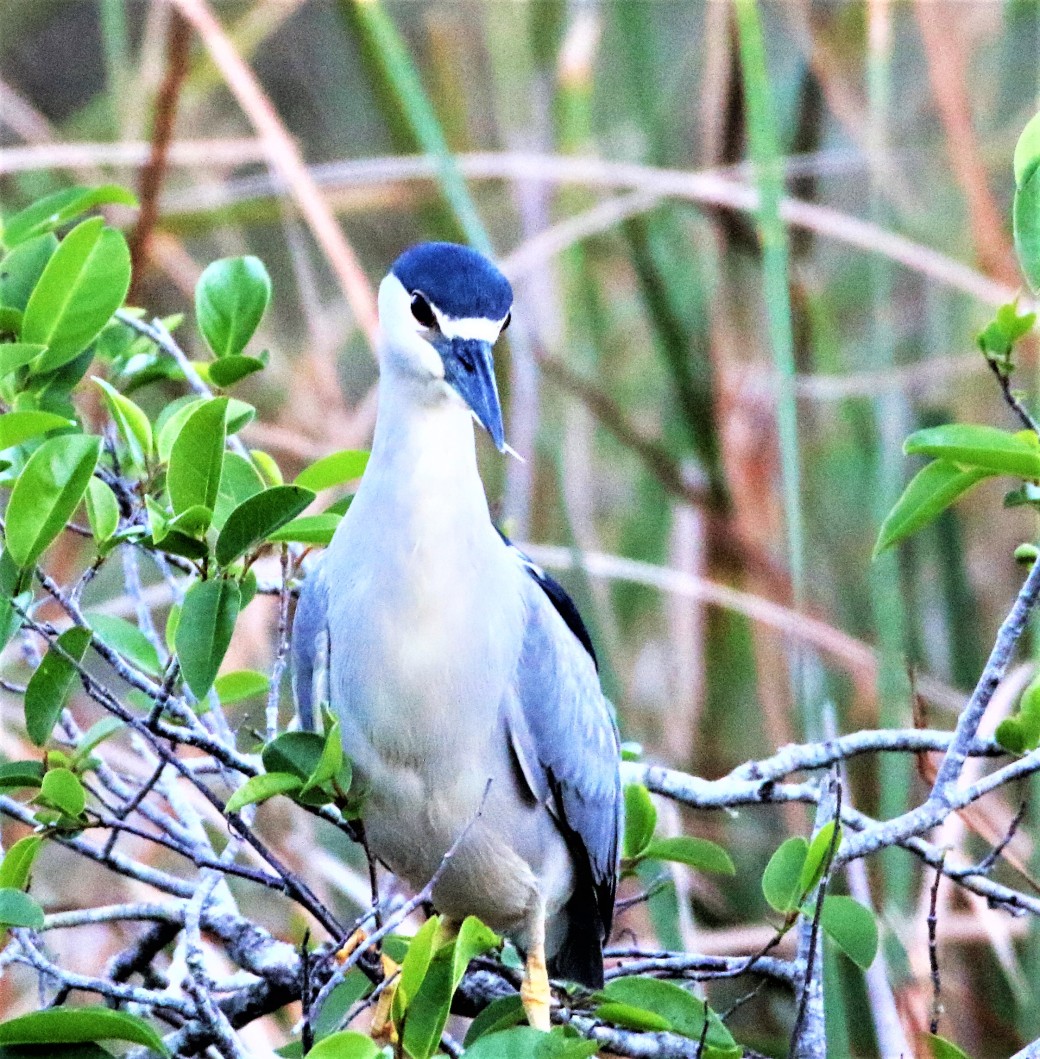 and the pair is monogamous.
and the pair is monogamous.
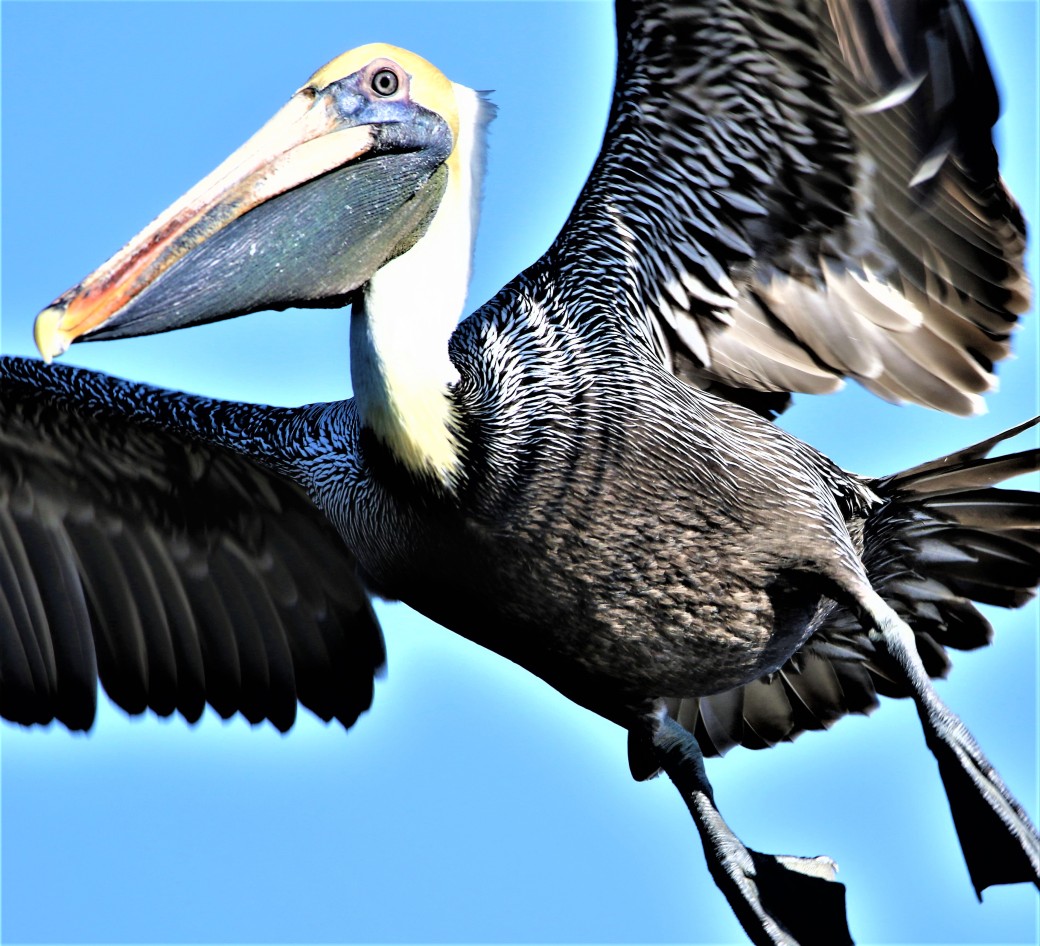
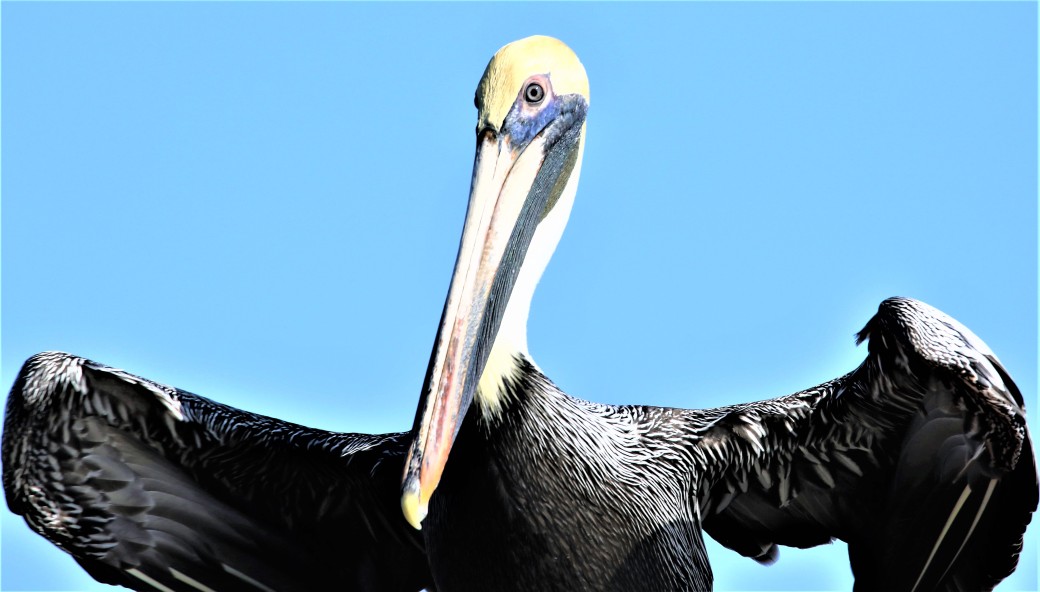


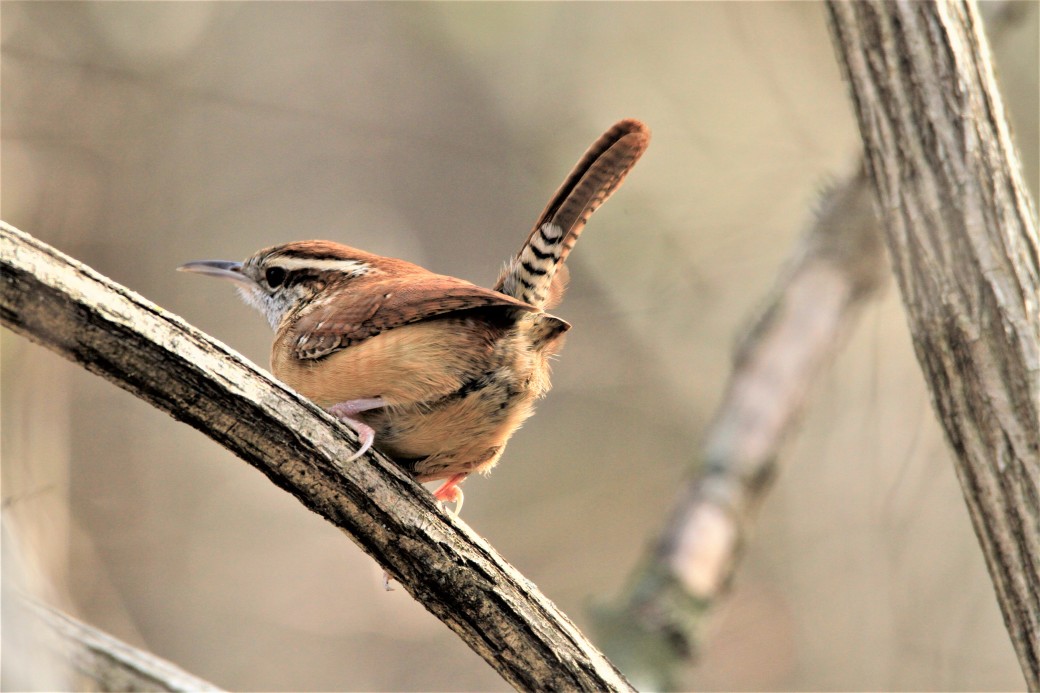 One of the things we most enjoy about wrens is their sassy nature. They are inquisitive, busy, always curious. Wrens love brush piles and areas choked with vines, tangles and bushes.
One of the things we most enjoy about wrens is their sassy nature. They are inquisitive, busy, always curious. Wrens love brush piles and areas choked with vines, tangles and bushes.